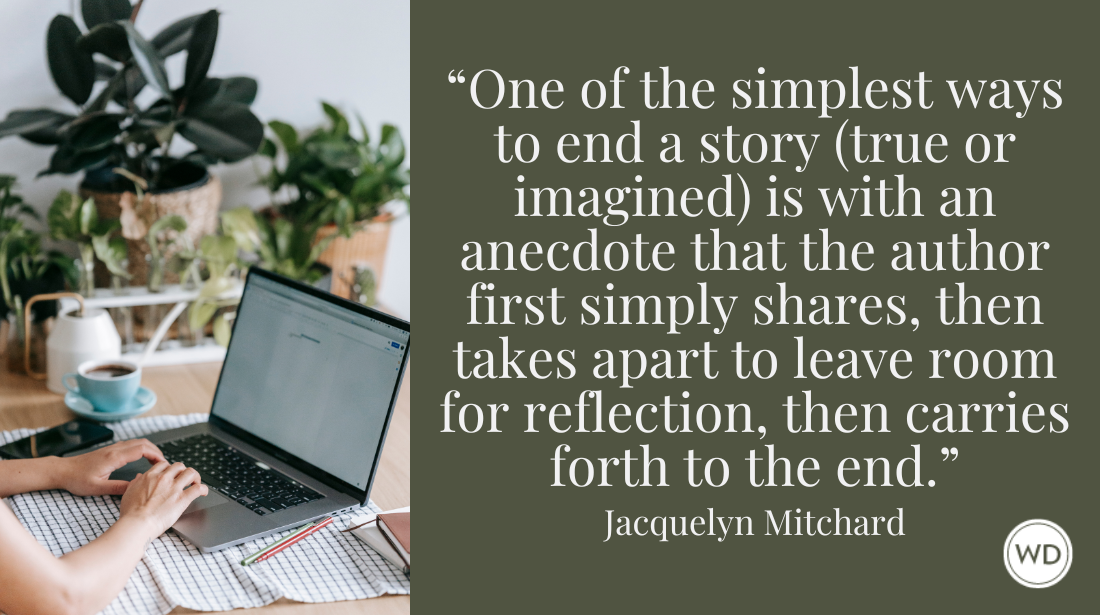Mapping the Journey: Christopher Paolini Shares Early Map Drafts
If Christopher Paolini’s novel-framing maps from the March/April issue have you wanting to chart your own story, you’re in luck. Gain more insight into the process with a special look at Paolini’s early drafts.
I wisely started with a map, and made the story fit,” J.R.R. Tolkien wrote in a letter in 1954.
The iconic map of Middle-Earth to which he’s referring, included in The Hobbit and The Lord of the Rings, has become a hallowed piece of Tolkien ephemera, prints of which adorn the dorm rooms of college English majors everywhere. But more than pure illustration, a map can be a plotted and deliberate literary device. Last October, a newly discovered, hand-annotated version of Tolkien’s map revealed the author’s real-life inspirations for his fictional cities (for instance, the Italian city of Ravenna was the apparent model for Minas Tirith), as well as marginalia on the landscape’s various topographical features.
Whatever your sketching skills, initial drawings of a fantasy world can be a crucial storytelling tool—a lesson fantasy author Christopher Paolini, who was profoundly influenced by Tolkien’s Middle-Earth, learned while penning his bestselling Inheritance series. Paolini’s own map, beyond functioning as a piece of art, is an essential companion to his novels, providing added context and grounding readers in his imagined world. And he found, as Tolkien did, that implementing such a visual at the right point in the writing process can both influence and add to a narrative.
Below, Paolini shares early sketches of his fantasy world, Alagaesia, and provides insight as to the thought process behind his creative cartography.
“I knew I needed a map when Eragon, Brom and Saphira were leaving Palancar Valley, where the story started,” Paolini says. “Up until then, I had a general idea of the spaces the story was taking place in. I’d been able to keep things straight in my head very clearly, establish points very easily. At that place, the story was expanding and there was so much coming into play, I could no longer keep track of elements accurately. I could do it in a general sense, but for the story I was trying to write, I couldn’t keep a very accurate sense of how far from city to city, how long it would take to travel. The map I ended up drawing doesn’t represent those as clearly as a cartographer’s map, but it’s generally correct in relationships.”
“The original version was half the map as it now exists—the western half,” Paolini says. “When I drew it, it was one sheet of printer paper, 8.5 x 11, and I thought it was more than enough to tell the story. Technically it would’ve been—I could’ve rearranged the map, shrunk distances. But for one, I didn’t care for the proportions—it was like looking at video in portrait versus landscape. Widescreen is always more epic. On top of that, I didn’t want the map to be too hard to read. Some writers run into that problem where too much is crammed into such a small space that you get lost in names and dotted lines. I wanted variety. After I’d created half the map and was writing the story, I wanted variety in locations. I felt it would be unrealistic to be cramming it all in one place. Expanding seemed like a good idea, plus I had a sheet of very cool legal paper that was nice and wide, so I had more room to play around.”
As most of his fans would agree, Paolini’s dedication to detail paid off. See the final version of his map below.
To read our full article with Christopher Paolini’s tips on how to map your own fantasy world, check out the March/April 2016 Writer’s Digest now.
Tyler Moss was an editor-at-large for Writer's Digest magazine.





